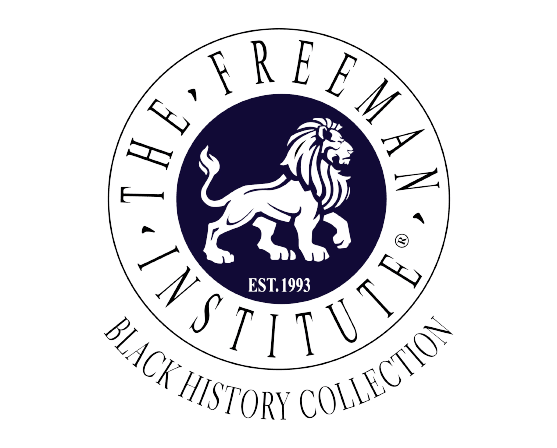
REPORT OF THE JOINT COMMITTEE ON THE CONDUCT OF THE WAR. IN THREE PARTS.

Washington: Government Printing Office. 1863. 37th Congress, 3rd Session. Rep. Com. No. 108. Part III—Department of the West. As the Civil War entered its third year, a feeling arose throughout the country that the Union armies had failed to measure up to their Confederate opponents in organization, not to mention results—a feeling highly reinforced when General Ambrose Burnside so bungled the battle of Fredericksburg that his removal inevitably followed, leaving his only legacy the word “sideburns,” of which Ambrose had a marvelously showy pair. Congress decided to investigate matters, and the three-volume report that appeared in the spring of 1863 related in long detail what had made the situation so dicey in all the theaters of war. This third volume deals with the Department of the West, an area of extreme importance (of course, they all were) because the state of Missouri was closely divided between northern and southern loyalties, and keeping it in the Union was essential, if only to maintain control over the Mississippi and Missouri rivers. Unfortunately, the political general John Charles Frémont, the Republican party’s first presidential candidate, had his own ideas about what to do that brooked little interference from his superiors in Washington, Abraham Lincoln in particular. Eventually Frémont had to go, but initially his fame, his well-proclaimed love of the Union, and his interest in eliminating slavery made him too well fixed to oust, even though this last-mentioned attitude risked losing the affections of Union-loyal Missourians, who saw in him a dangerous abolitionist. Basically, the investigatory committee was dominated by hard-line anti-slavery figures, who suspected that Lincoln and his administration were dangerously soft on the slavery question; for their part, as Lincoln well knew from his boyhood in Kentucky and Indiana, this issue had the potential to divide the Union, and he had to move slowly to let public opinion crystallize in favor of abolishing slavery entirely. In its 659 pages, this volume presents the record of testimony taken by the investigatory committee from military and other figures that deals with the military situation in 1861 and 1862, not only in Missouri, Kentucky, Tennessee, and neighboring territories, but also, and in contradiction of its title, with matters in Virginia and neighboring states (this material presumably should have gone into the first two volumes, but they were already complete). Of this material from the eastern theater of war, much refers to the debacle of the second battle of Bull Run, apparently so rich in such stories that more remained to be told after the primary treatment in earlier volumes. A typical quotation appears (p. 654) in the testimony of a Colonel McLean: “I have seen privileges granted to secessionists that I think they ought not to enjoy . . . Secessionists were inviting out the rebel prisoners to their residences, and entertaining them at dinners.” This volume measures 6 by 9 inches and is 1 ¼ inches thick, bound in leather boards, with brown tape now covering the spine and extending onto those boards, which are in good shape except at their edges and corners, which are damaged. The book’s binding is holding firmly, and the pages remain clean and supple, though some of them are quite noticeably browned. Those who want to study how the early years of the Civil War unfolded, as presented by Congress in this investigation, will find this book chock-full of variegated information.
Send a Message
Contact Us
Office location
Gambrills, MarylandGive us a call
(410) 991-9718Send us an email
[email protected]Other website
freemaninstitute.com/Collectmain.htm